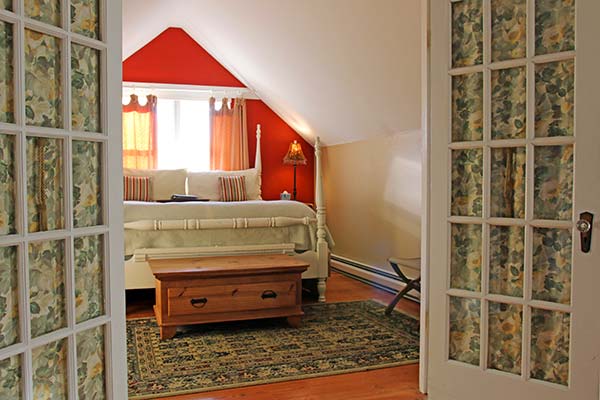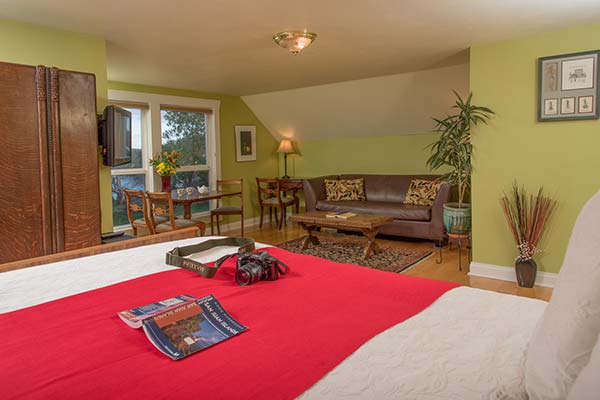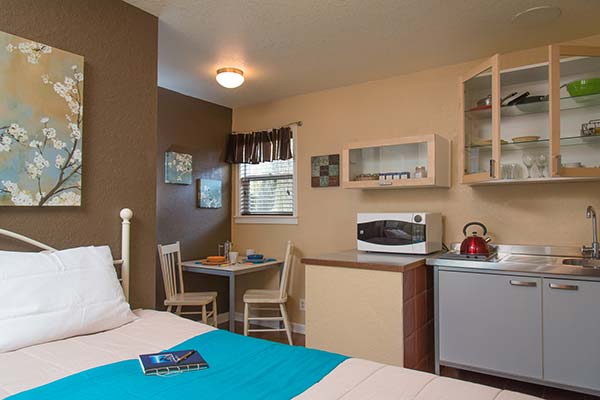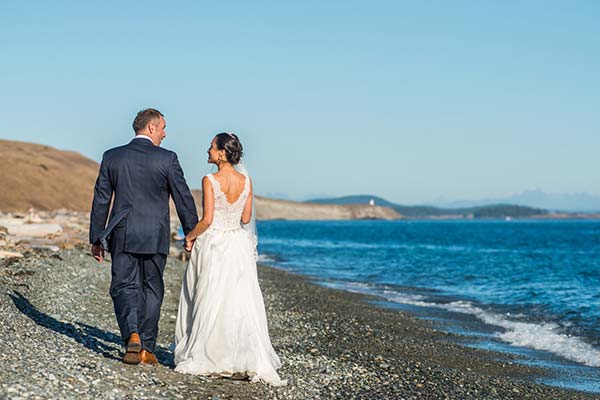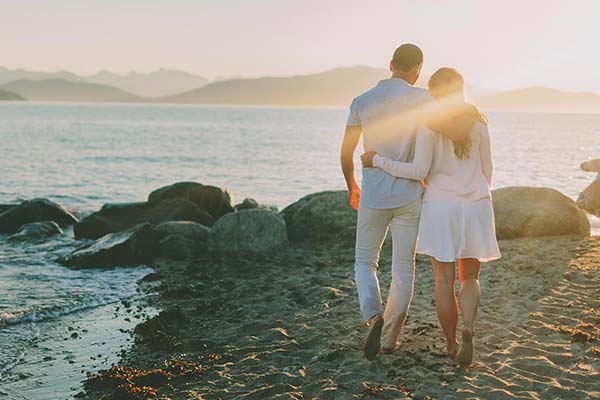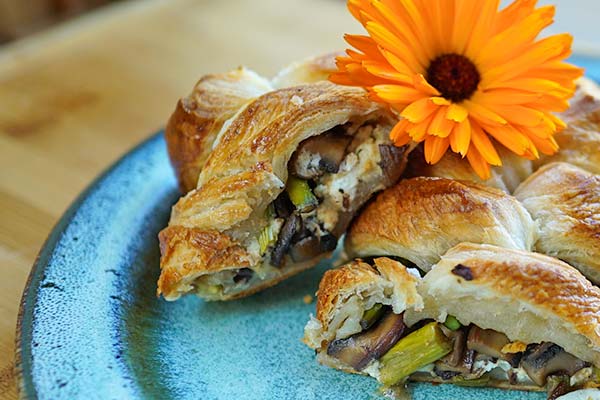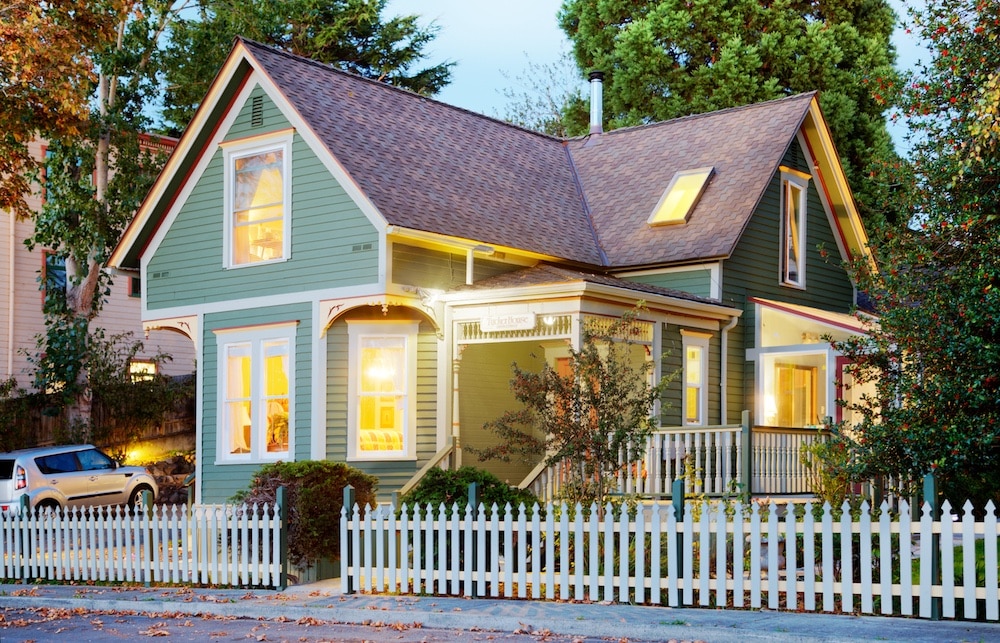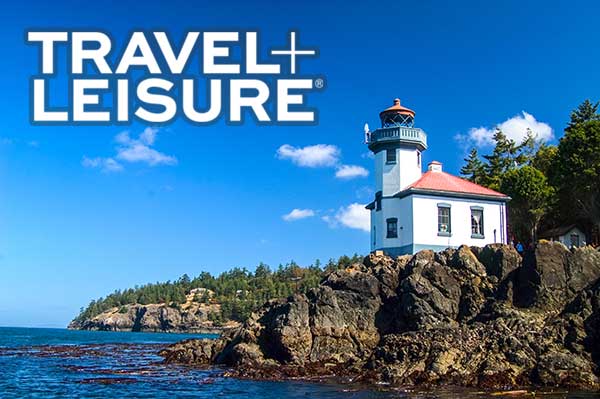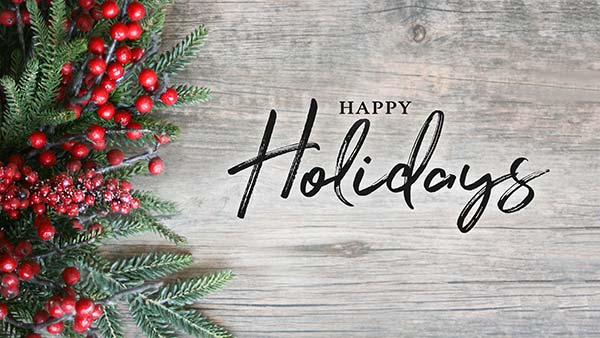
For San Juan Islanders, Spring means more than budding flowers and trees. It means it is time to stock up on sugar and prepare to change out those hummingbird feeders every day, and sometimes twice or three times a day.
When you head out from Tucker House Inn to explore the island, be sure to bring your binoculars to catch a glimpse of the two species of hummingbirds that are present during Spring and Summer.
Anna’s Hummingbird (Calypte anna) is a permanent resident here on San Juan Island, and many of us keep a hummingbird feeder up for them year round. Spring and Summer heralds the arrival of competition for that feeder nectar in the form of the Rufous Hummingbird (Selasphorus rufus) and the feeder area begins to look a bit like O’Hare International Airport.

Anna’s is the largest hummingbird on the west coast, about 4 inches long. It weighs less than a nickel. A glimpse of that iridescent throat can take your breath away in the right light. It is named for Anna Massini, a French Duchess whose husband accumulated a bird collection of 12,500 specimens in the mid 1800’s.
The Rufous name refers to the reddish-brown colors this aggressive little bird displays. Its trip to San Juan Island may have involved flying over a thousand miles, the longest of any US hummingbird. Rufous Hummingbirds appear in every USA state, and winter in Mexico.

Here are some interesting facts about hummingbirds:
- Their hearts beat 225 times a minute when they are at rest, and 1200 times a minute when flying
- There are more than 340 species of hummingbirds and they are restricted to the Western Hemisphere
- Their feet are meant for perching only – no hopping, no walking around
- They have been recorded flapping their wings about 80 times per second
- They have been clocked at 30mph and 45mph in courtship dives.
- They eat nectar from flowers, insects, and sometimes sap from trees.
- They live to be 7-11 years, and often visit the same feeders annually
Putting a hummingbird feeder in your yard can bring you years of beautiful bird watching – just remember not to use honey or food coloring in your feeder.
Watch for these lovely Island residents and visitors as you hike, bike and motor through San Juan Island during your time here!


